Diversification is undoubtedly a solution to various businesses. On the similar lines, even a few countries have realized the importance of moving away from the fundamental thought of solely relying on the old, traditional structure of economy. Saudi Arabia, for instance, is building a futuristic, eco-city called The Line, as an alternate answer to its oil-driven economy, under the project named Neom. The Line, as they call it, is a 170 km ambitious project of Saudi Arabia’s Crown Prince and Prime Minister Mohammed Bin Salman Al Saud. The Gulf nation is paving the way for Neom given that its oil-driven economy shrank by 0.9% in 2023 as one of the largest oil-producer and exporter. It needs a non-oil driven, sustainable economy. Thus, The Line, is projected as a new global, tourist, entertainment and sports-driven economy in the times to come.
However, apart from its grandeur as a futuristic architectural masterpiece, the project has been in the news for a lot of negative reasons as well. Thanks to BBC that broke out a story on the environmental impact, human right violations and the forced displacement of the indigenous tribal communities in the mountainous project.
Features of The Line – What Do We Know So Far?
The Line will be a one-of-its-kind, futuristic, eco-city in the world that will house around 1.5 million people on its completion. The city will be 170 km long, 200 meters wide and protected with 500 meter high glass walls. As per the plan, it will have no roads, no cars or any fossil-fuel powered electricity, however, still everything from shopping malls to hospitals, schools to grocery stores will be at your disposal just 5-minutes away. One’s corridors will let them walk upwards, downwards, diagonally or horizontally. With the help of a high-speed subway, one could reach the other end of the city within just 20 minutes.
Truly a futuristic-city, The Line is said to have the world's biggest floating city, beaches that glow softly in the dark, cutting-edge innovation and manufacturing hubs, flying taxis, Jurassic Park-inspired islands with lifelike robotic dinosaurs, and even a fake moon. Furthermore, it’s projected to be a zero-carbon emission city with desalinated water from the sea. The Line will run on 100% renewable energy, while 95% of the land will be preserved for nature.
The Development – What’s Been in the Making?
Back in 2017, when the project was announced, it was supposed to take Jordan and Egypt’s territories, however, that ambition just got curtailed to remain in Saudi Arabia only. Initially, the mega-city’s 170 km stretch was planned to see the completion by 2030, however, now only 2.4 kms is said to be completed by that time. A part of the project, Trojena (a ski resort), hasn’t seen the day break yet, though it has got the rights to host the 2029 Asian Winter Games. As many as 1.5 million people were supposed to live in the city, however, as per some rough estimates, the project will be able to house only 1/5th of the targeted populace by 2030.
However, another project named Sindalah (Transforming an island in the Red Sea into a luxury tourist destination) will probably be functional by this year. A major highlight of the project comes from the fast-paced development of a project worth over $8 billion to build solar and wind farms that will be used to create green hydrogen. Upon its completion, the city is said to be 33 times the size of New York that will connect 40% of the world in just 6 hours.
What is Neom’stake on the skepticism surrounding scaling down the project?
In response to some reports in media, the Chief Operating Officer of The Line, Giles Pendleton, maintained that the mega-city is being developed in a phased-manner and the first phase will be delivered by this year itself. He further hits back, through his LinkedIn post, saying it’s not possible to build a city of such a scale in one go.
Roadblock in the eco-city’s development
The $500 billion investment funds for the construction of Neom will come from Saudi’s sovereign wealth fund - the Public Investment Fund (PIF). However, the performance of the Fund’s billion dollar investments across the likes of Uber, the Heathrow Airport, Hollywood studios, etc. hasn’t been that great lately. Furthermore, the Saudi govt’s cash reserves have recorded a dip to $15 billion as of September 2023, the lowest since 2020. This isn’t a good sign as the Saudi Arabia’s government needs to infuse at least $270 billion into the PIF by 2030 to keep its plans intact.
Given the fund-crunch, the government had to scale down Neom’s construction, shifting the deadlines.
On the flipside, we may see the project construction on a fast-track as NEOM secures fresh funding in April 2024. Neom has officially announced that it has secured a new revolving credit facility (RCF) worth $2.67 billion (SAR10 billion) from local banks which include the likes of Saudi National Bank, Saudi Awwal Bank, Riyadh Bank,The Saudi Investment Bank, Al Rajhi Bank, Alinma Bank, Arab National Bank, Bank Albilad, and Bank AlJazira.
The dark side of it - human rights violations, deaths and imprisonments
But do you know that building a futuristic mega-city that offers a next level living experience with zero emissions comes at what cost? You may not. The construction of The Line has a dark side too - environmental concerns, human right violations, imprisonment, use of lethal weapons to force displacement of the tribal communities, destroying schools and hospitals, etc. On the one hand, environmentalists have been raising concerns about The Line’s glass walls which could confuse migratory birds of their migration during shifting of seasons, while on the other, human right organizations have alleged Saudi Arabia for wiping out schools, homes, hospitals and even entire villages to construct The Line. A BBC report has confirmed this through analyzing some satellite images.
Furthermore, people protesting about the Neom project have been found dead or behind the bars in many cases. The authorities had even permitted the killing of tribals in the wake of the protests against the forced eviction from the region. This has been confirmed by a report by the Office of the United Nations High Commissioner for Human Rights (OHCHR) states that people from the Howeitat tribe (who live in the region earmarked for The Line) have been displaced and their homes demolished without adequate compensation. In addition to this, a tribal Howeitat man has been killed and three other have been given death sentences, while another three were sent to a 50-year jail sentence.
People who are resisting to vacate their land are either being killed or put behind the bars on terror charges. Ex-Saudi intelligence officer Col Rabih Alenezi told BBC about the clearance from the Saudi forces to kill people to clear land to build the city.
Though Saudi’s Prince Mohammed bin Salman had promised that people affected by the construction of The Line will be included in the planning and implementation of the project, contrary to his promise, what we see is human rights violations every now and then – which mostly go unnoticed.
Against this backdrop, green energy company Solar Water cancelled a $ 100 million contract with Neom with the knowledge of the Saudis bulldozing villages to make way for the megacity.
These atrocities take a backseat only after international pressure, however, that pressure wanes down with the passage of time and when these individual cases don’t get the much needed media attention. We have seen some executions being suspended or human rights activists such as Loujain al-Hathloul being released from prison after the international pressure for human rights violations, however, many such episodes go unchecked and unnoticed. In a nutshell, The Line, the ambitious 170 km, state-of-the-art, architectural beauty is being built on forced evictions, state violence and death sentences.



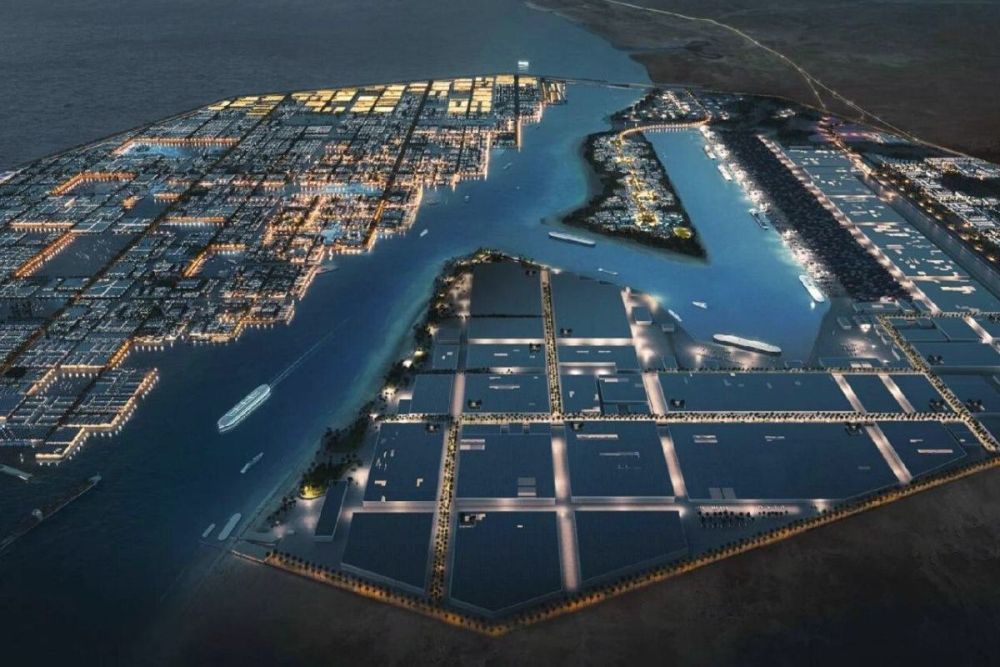
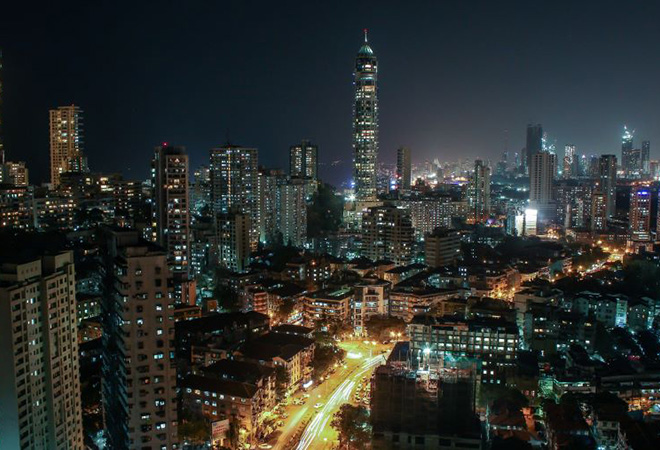
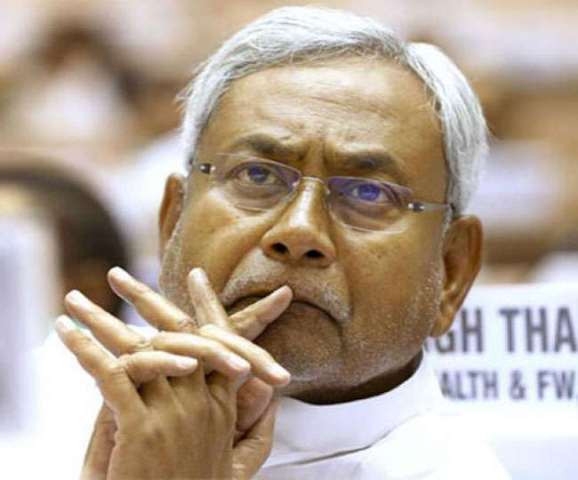
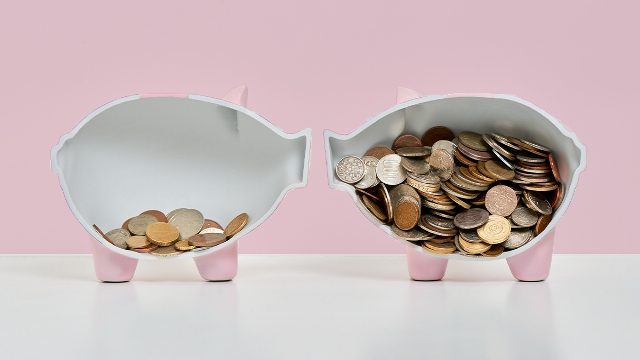
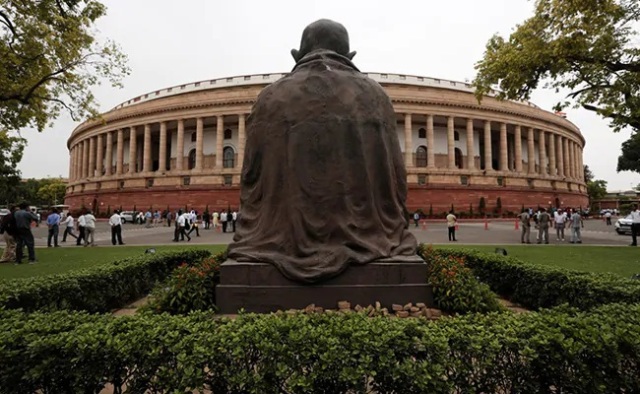


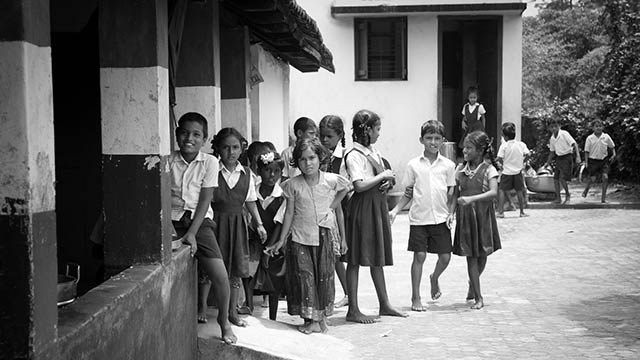
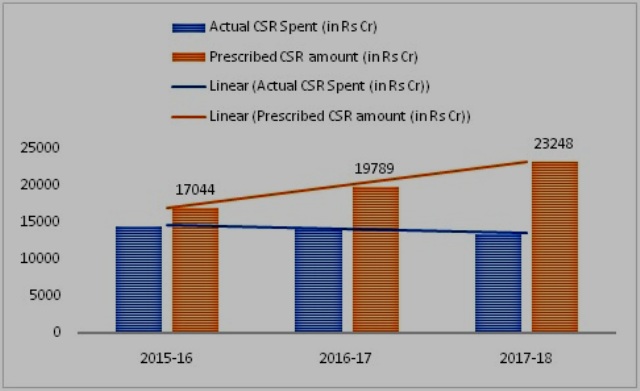

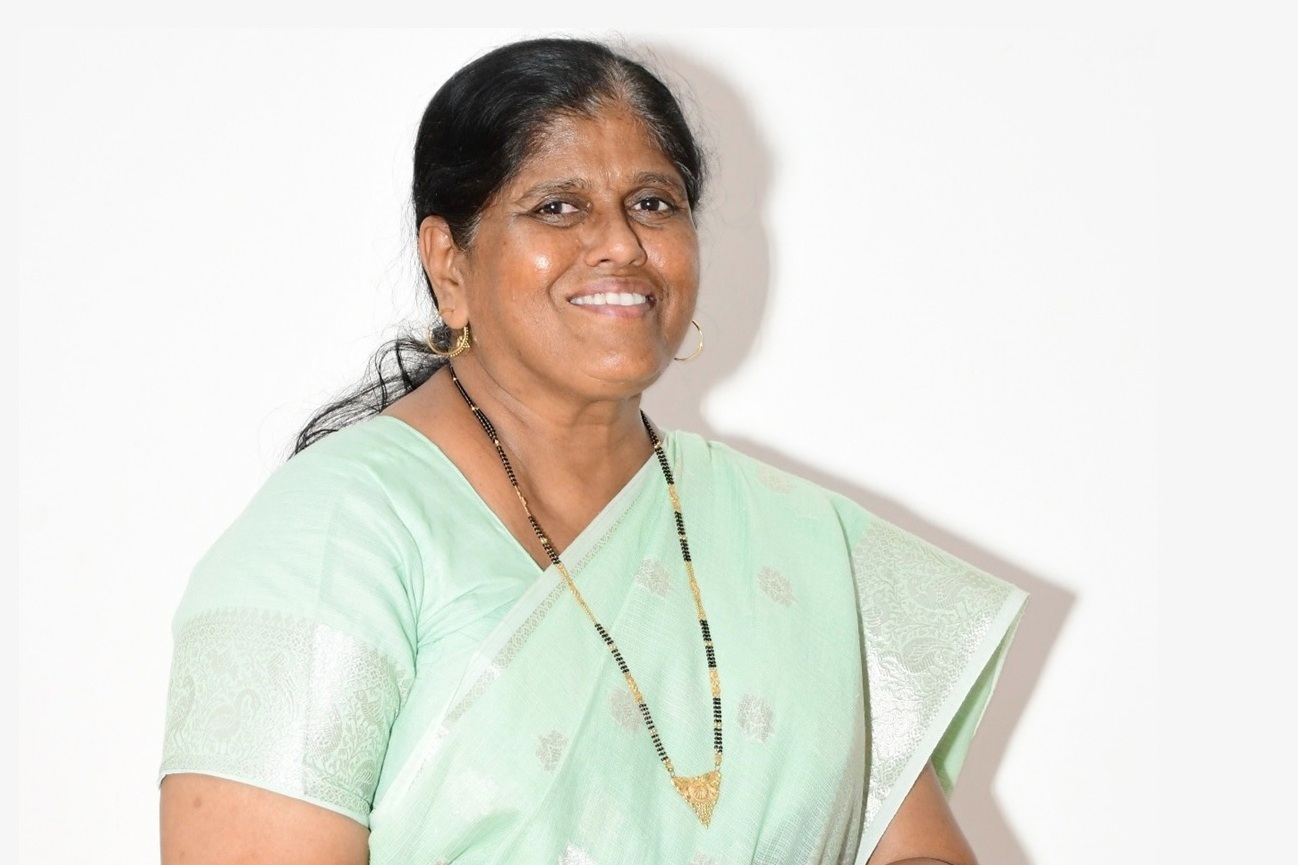

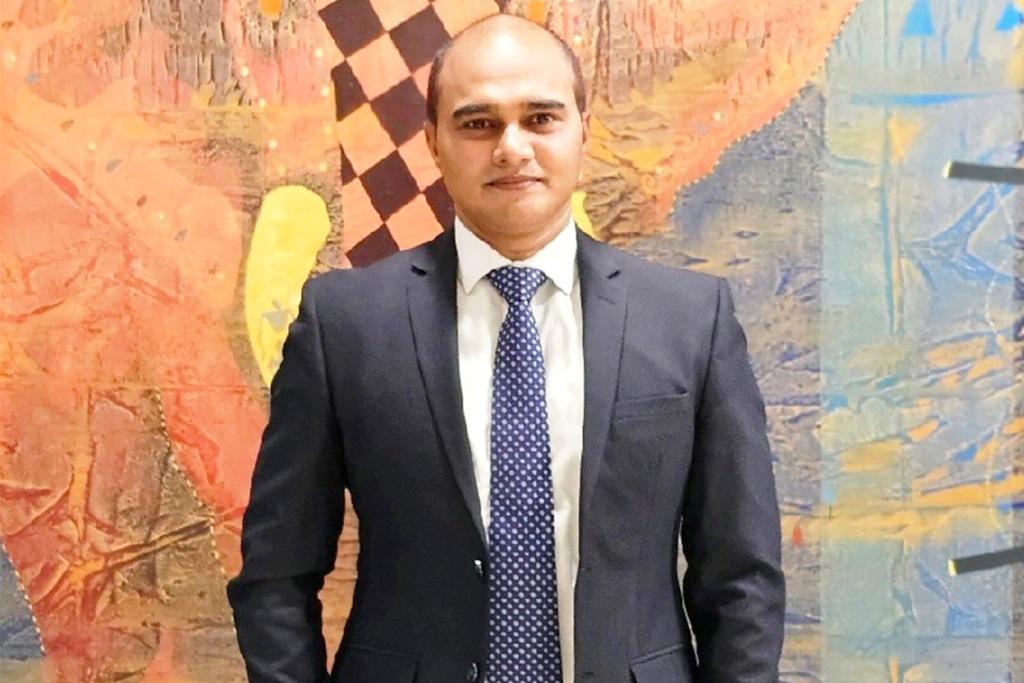


.jpg)




